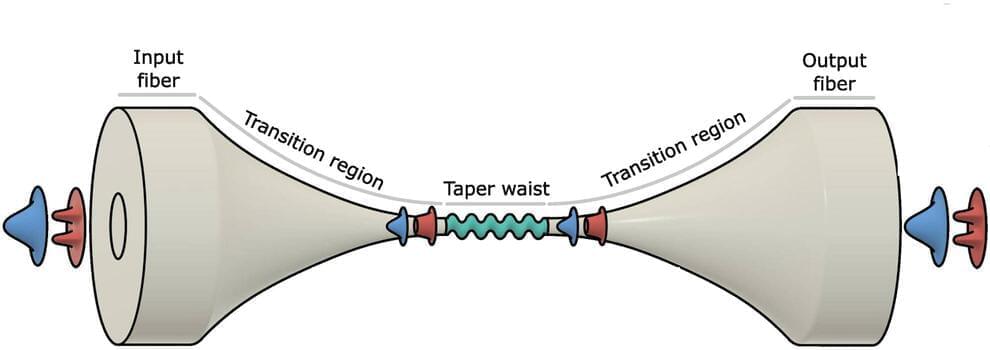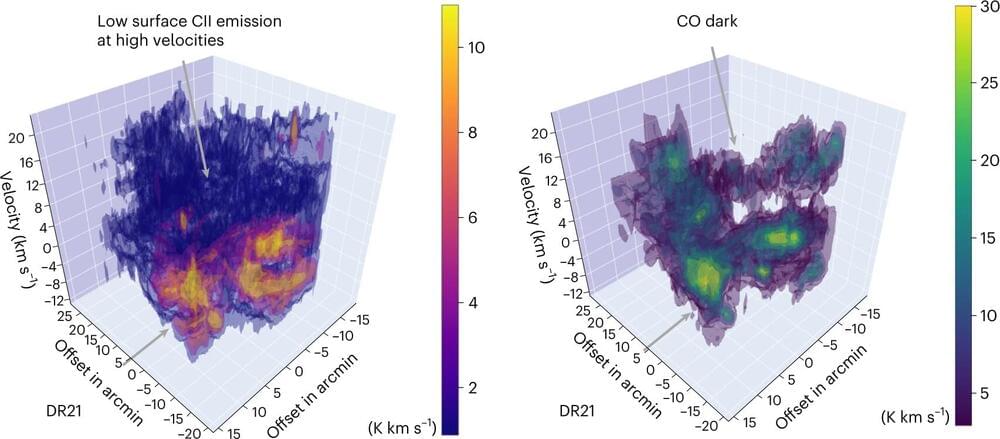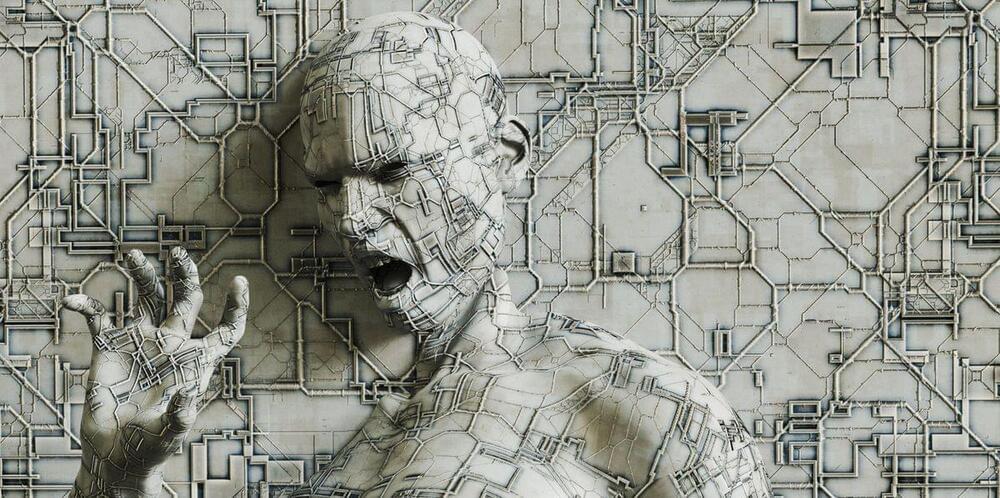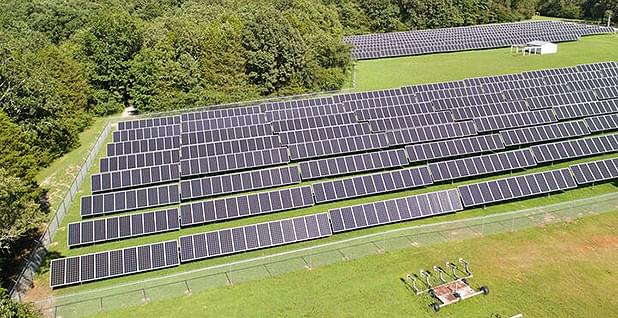When optical beams, consisting of photons, travel through fibers, they cause vibrations that generate acoustic waves, consisting of phonons. The phenomenon, called Brillouin scattering, has been harnessed by researchers to optomechanically “couple” acoustic waves with light waves. This coupling allows information carried by photons to be transduced, or converted, to the phonons, which travel nearly a million times more slowly than light waves.
Opto-acoustic coupling has enabled researchers to read and manipulate the transduced information more easily. To date, however, many of the Brillouin scattering techniques researchers have used rely on standard fiber geometries that cause acoustic waves to die out quickly, limiting the efficacy of the coupling.
Now, using an optical fiber with a micron-sized waist, University of Rochester researchers have demonstrated how to couple propagating optical waves and long-lived acoustic waves, with strong optical-acoustic interactions.









